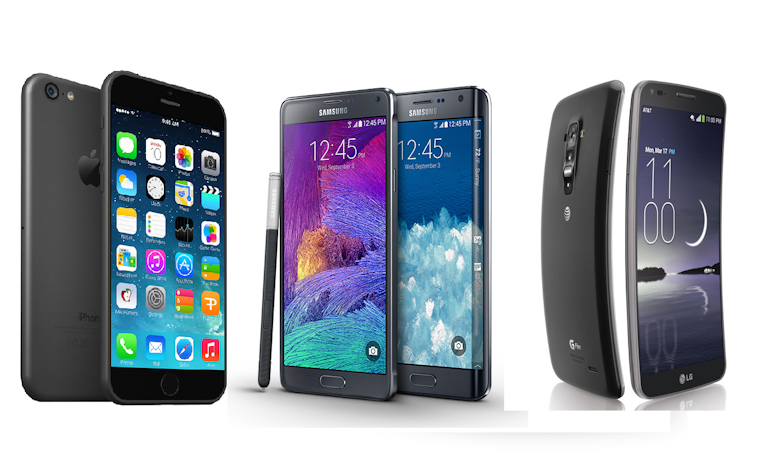They were looking for a way to send text on their cellphones and a way to reinvent a dying company. On March 21, 2006, @Jack sent the first tweet: "just setting up my twttr." And thus a communications revolution was born, one renown for brevity and bad spelling. Dom Sagolla (@Dom), in tweet 38, typed these prescient words: "Oh, this is going to be addictive."
THAT NAME
The name Twitter was inspired by Flickr, a photo-sharing service. Other names considered: FriendStalker and Dodgeball. The dictionary definition of twitter is "a short burst of inconsequential information."A perfect name, said @Jack because "that's exactly what the product was."
TWITTER TODAY
Almost 200 million users worldwide. About 460,000 new Twitter accounts are opened daily. More than 140 million tweets are sent daily. That's one billion weekly. In 2008, Twitter had eight employees; today it has more than 400. And they're hiring (twitter.com/jobs)
WHY 140 CHARACTERS?
At the heart of Twitter are small bursts of information called tweets. Each tweet is 140 characters in length, maximum. Initially, there was no limit to message length. When it went public, the 140 character limit was adopted. Why? Because 160 characters was the SMS carrier limit and the founders wanted to leave room for a username. Struggling with brevity? You can purchase 140 Characters: A Style Guide for the Short Form by @Dom.
HOW TWITTER MAKES MONEY
Twitter lists its revenues at a modest $150-million annually. It is a private company so the sources of revenue are unclear. Twitter also licenses its stream of tweets to Microsoft, Google and Yahoo. There are constant rumours that Twitter will be purchases by Facebook or Google. It could also go public like LinkedIn. Twitter is said to be worth more than $4.5-billion. The value comes from its potential to exploit its base of hundreds of millions of users. Twitter could sell traditional ads (not likely) and to start charging for premium accounts that push business to their sites (very likely).
HOW TWITTER HAS CHANGED THE MEDIA
Twitter is not just your friends telling you what they ate for breakfast. Increasingly, news stories that arise - a tsunami, a plane crash, the score of a hockey game, the latest Charlie Sheen gossip - arrive in tweets from people we follow on Twitter. This allows everyone to essentially create their own newspaper or newscast, and to do so instantaneously.













